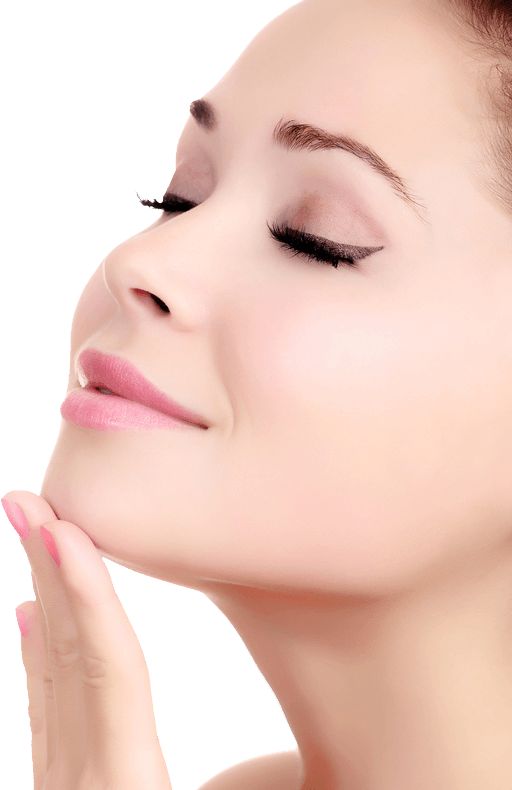When considering cosmetic surgery, Rhinoplasty surgery in Riyadh (عملية تجميل الأنف في الرياض) often stands out as a top choice for individuals seeking to improve their facial aesthetics. Whether you’re looking to correct a nasal defect, refine the shape of your nose, or enhance overall facial harmony, this procedure offers incredible results. This blog will guide you through what to expect from Rhinoplasty surgery in Riyadh, covering everything from pre-operative preparations to post-surgery recovery. Let’s dive into the details of this transformative procedure.
Understanding Rhinoplasty Surgery
Rhinoplasty, commonly known as a nose job, is a surgical procedure that alters the shape of the nose for both cosmetic and functional purposes. It is one of the most popular cosmetic surgeries worldwide, and Riyadh is home to some of the best clinics offering expert care for this procedure. Whether you’re addressing issues like a crooked nose, bumps, or even breathing problems, Rhinoplasty surgery in Riyadh can be a life-changing experience.
In Riyadh, rhinoplasty surgeons are known for their skill and precision, ensuring that patients achieve a natural look that complements their facial features. Patients can expect thorough consultations to understand their goals and desired outcomes, with customized treatment plans that cater to individual needs.
The Consultation Process: Your First Step
The journey towards a successful rhinoplasty begins with a detailed consultation. During this meeting, your surgeon will listen to your aesthetic concerns and goals. The consultation is crucial because it sets the foundation for the entire process. Expect to discuss:
-
Medical History: Surgeons will inquire about your overall health, allergies, and any previous surgeries to ensure you are an ideal candidate for Rhinoplasty surgery in Riyadh.
-
Nasal Analysis: The surgeon will examine the structure of your nose and how it aligns with your facial proportions.
-
Expectations: It is important to discuss your expectations in detail to ensure the surgeon understands what you hope to achieve.
Your surgeon will also explain the different techniques available to achieve your desired results. This might include open or closed rhinoplasty, depending on your needs. Open rhinoplasty involves making incisions on the outside of the nose, while closed rhinoplasty involves incisions hidden inside the nostrils.
Preparing for Your Rhinoplasty Surgery
Once you have a clear plan in place, it’s time to prepare for the surgery. Before undergoing Rhinoplasty surgery in Riyadh, here are some essential steps to ensure a smooth process:
-
Pre-Surgery Guidelines: Your surgeon will provide specific instructions, such as avoiding certain medications or supplements that can affect bleeding. You may be asked to stop smoking for a period before the surgery to promote better healing.
-
Health Check: A thorough health evaluation will take place to ensure you’re physically prepared for the surgery. Blood tests and imaging might be done to assess your nasal structure more clearly.
-
Arranging Transportation: Rhinoplasty is typically an outpatient procedure, meaning you will be able to go home the same day. However, it’s advised to arrange for someone to drive you home post-surgery since you will be under anesthesia.
The Day of Surgery: What to Expect
On the day of your Rhinoplasty surgery in Riyadh, you will arrive at the clinic with plenty of time for preparation. Here’s what happens during the procedure:
-
Anesthesia: Rhinoplasty surgery is usually performed under general anesthesia, though some cases may require local anesthesia with sedation. Your anesthesiologist will ensure that you are comfortable and pain-free throughout the procedure.
-
Surgical Procedure: The surgeon will carefully perform the necessary alterations to the bone and cartilage in your nose to achieve the desired shape. The process can take anywhere from one to three hours, depending on the complexity of the surgery.
-
Minimal Scarring: With the closed rhinoplasty technique, most of the incisions are hidden inside the nose, leaving no visible scars. Open rhinoplasty may leave a small scar at the base of the nose, but this typically fades over time.
Post-Surgery Recovery: Healing and Aftercare
Recovery is a vital part of the Rhinoplasty surgery in Riyadh process. While the surgery itself is minimally invasive, the recovery period requires patience and care. Here’s what to expect:
-
Immediate Aftercare: Right after surgery, you’ll be monitored in the recovery room until the anesthesia wears off. Expect some swelling and bruising around your nose and eyes, which will subside over the next few days.
-
First Week: During the first week, you will need to wear a nasal splint to support the shape of your nose. Swelling and bruising are common, but they will gradually improve with time. Pain is generally minimal and can be managed with prescribed pain relievers.
-
Long-Term Healing: Full recovery can take up to a year, although most patients can resume their normal activities within 2-3 weeks. The final shape of your nose will become more apparent as the swelling continues to subside.
It’s essential to follow your surgeon’s aftercare instructions closely, including avoiding heavy exercise and activities that could put pressure on your nose. Additionally, taking prescribed medications and attending follow-up appointments will ensure your recovery is as smooth as possible.
Achieving Your Desired Results
One of the biggest draws of Rhinoplasty surgery in Riyadh is the opportunity to achieve a nose that harmonizes with your other facial features. The ultimate goal is to create a natural and balanced look that enhances your overall appearance without making it too obvious that you’ve had surgery.
In Riyadh, skilled surgeons use advanced techniques to ensure that the outcome is aesthetically pleasing while maintaining the function of your nose. Whether you are looking for a more refined tip, straightened nasal bridge, or improved airflow for better breathing, the results can be transformative.
Risks and Complications
As with any surgery, rhinoplasty does come with some potential risks, though they are relatively rare. Common risks include:
-
Infection: Although uncommon, infections can occur and may require antibiotics.
-
Nasal Obstruction: Occasionally, nasal passages may become temporarily blocked during healing.
-
Scarring: Scarring is typically minimal and fades over time, but it can be more noticeable if the healing process is not followed carefully.
-
Revision Surgery: While most people are satisfied with their results, some individuals may require minor adjustments after the surgery. This can be discussed with your surgeon during follow-up visits.
This post was created with our nice and easy submission form. Create your post!





